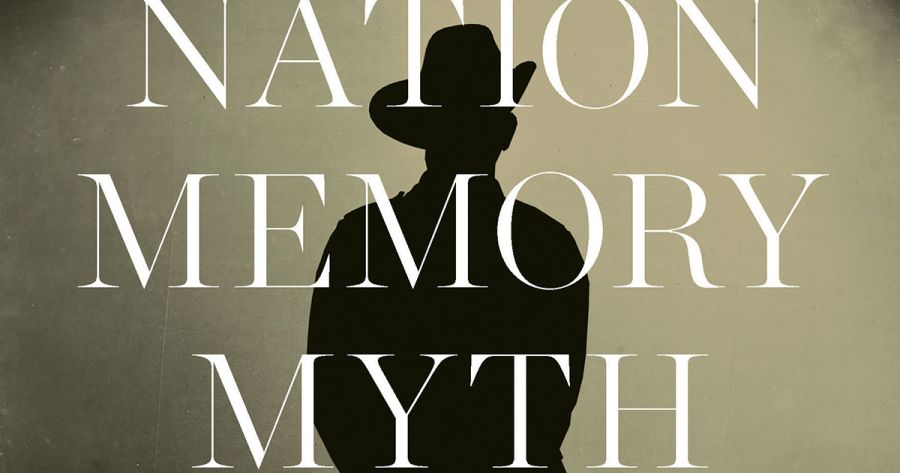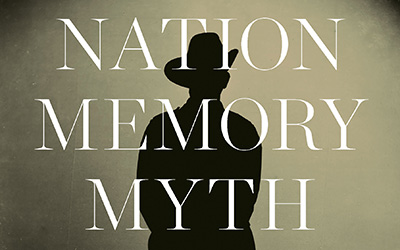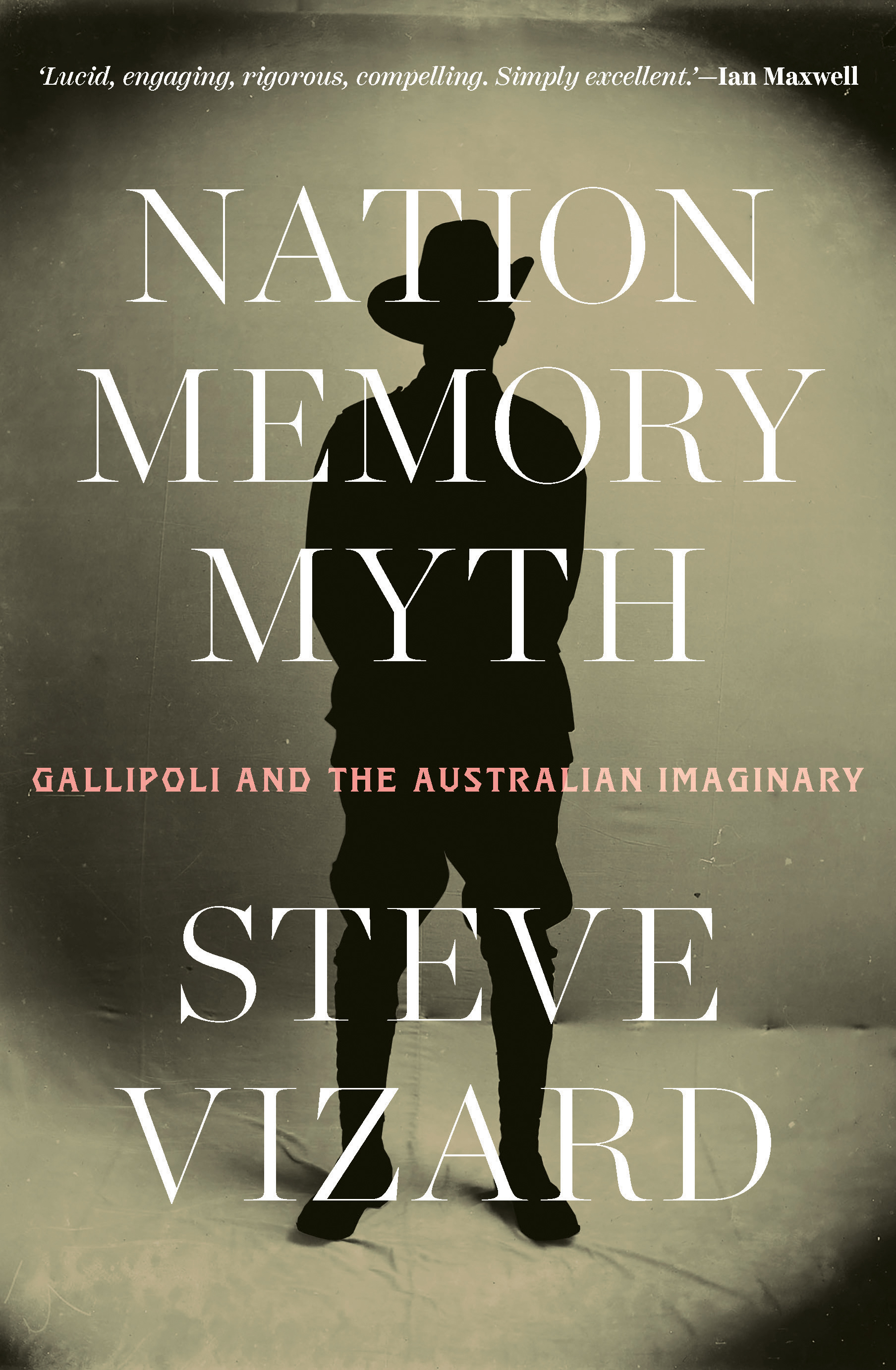
- Free Article: No
- Contents Category: History
- Review Article: Yes
- Article Title: Monomyth
- Article Subtitle: Numinous Gallipoli
- Online Only: No
- Custom Highlight Text:
Women give birth to babies, but according to patriarchal myth men give birth to nations. As the eminent political theorist Carole Pateman observed some time ago, literature is full of stories of men giving birth to nations, political orders, or political life itself, an explicitly male appropriation of procreative power. In the new discursive order of modernity, political creativity belongs to masculinity.
- Featured Image (400px * 250px):

- Alt Tag (Featured Image): Marilyn Lake reviews ‘Nation, Memory, Myth: Gallipoli and the Australian imaginary’ by Steve Vizard
- Book 1 Title: Nation, Memory, Myth
- Book 1 Subtitle: Gallipoli and the Australian imaginary
- Book 1 Biblio: Melbourne University Press, $39.99 pb, 335 pp
- Book 1 Cover Small (400 x 600):

- Book 1 Cover (800 x 1200):

- Book 1 Readings Link: https://www.readings.com.au/product/9780522881271/nation-memory-myth--steve-vizard--2025--9780522881271#rac:jokjjzr6ly9m
In Nation, Memory, Myth, Steve Vizard offers an account of ‘Gallipoli and the Australian imaginary’ that begins with reference to a broadcast I made several years ago, following a public lecture, when I called Gallipoli a kind of ‘biblical creation story for Australia, a national equivalent of the Book of Genesis’. I called it the Australian white man’s creation story. Vizard seeks to examine the power of this and other ‘myths of origin’ – ‘how myths of nations emerge, evolve and thrive’.
He seeks to understand how Gallipoli came to occupy ‘a pre-eminent and treasured place in Australian cultural, social and political discourse’, its ‘numinous status’. His focus is thus not on Gallipoli as ‘an event but as a story’. Indeed, his argument rests on a necessary distinction between history and myth – historically Gallipoli was an imperial defeat, in myth it became a nationalist triumph – but his preference for cultural theory over historical investigation as a way of understanding the power of the Gallipoli story ultimately limits its explanatory power.
Nation, Memory, Myth is an unusual book for our times. While most academic writers are urged to produce ‘trade’ publications, to eschew academic prose and woo bigger audiences by writing histories that read like novels, Vizard, ‘prizewinning writer, broadcaster, lawyer and research professor at Monash University’, and former comedian and businessman, informs us from the beginning that his book deals in scholarly academic theory, which is necessary to an understanding of ‘the role of myth in the functioning of a nation’.
His approach to Gallipoli is also unusual in that his exploration takes him beyond the national frame, looking at the role of myth in universal stories of the birth of nations across time and place. His argument is transnational in inspiration and application. He seeks to illuminate the ‘essential mythic structure and effect – the common morphology of all foundational myths of nation’.
Vizard looks to an impressive range of theorists working in diverse disciplines to aid him in this understanding. There is the anthropologist Victor Turner and his ‘schema of Social Drama’: ‘Turner’s concepts of breach, liminality and communitas are employed to explain ambiguities, instabilities, contradictions and possibilities inherent in mythic Gallipoli [and they] are recurring themes throughout this book.’ Then there is the ‘comparatist mythologist Joseph Campbell, [who] in his concept of Monomyth, proposes a detailed universal narrative pattern for myths against which the structure of Gallipoli’s mythic narrative can be closely analysed’. Digging deeper, ethnographer Arnold van Gennep, with his tripartite schema of the Rites of Passage, lays the foundations for both Campbell’s Monomyth and Turner’s Social Drama.
Postcolonial theorist Homi Bhabha ‘builds on the concept of liminality to propose the conditions of hybridity and the Third Space in explaining postcolonial displacement, instability, transitionality, marginality and indeterminacy’. Vizard finds Bhabha’s ideas useful for understanding the myth of Gallipoli as ‘an ambivalent site of split, multiple inscriptions enunciating both coloniser and colonised’.
Then there is political philosopher and sociologist A.D. Smith’s ‘ethno-symbolic account of nationhood which emphasises national identity as non-essentialist, performative, contextual and cultural’. Finally, Canadian sociologist Gerard Bouchard offers the basis for ‘an overarching schema of national myth against which mythic Gallipoli’s attributes and qualities can be framed, articulated and explored’. No feminist political philosophers are cited but as Geoffrey Robertson, one of nine who provide endorsements for the book, writes, it is surely a ‘scholarly work’.
Vizard’s book is an exploration of the capacity of cultural theory to explain the assumed mythic power of Gallipoli in the Australian imaginary. But there is little examination of the politics and history of the myth, its uneven significance, its political appropriation, its rise and fall, waxing and waning over decades, or the massive state investment and school indoctrination from the early twenty-first century that boosted its prominence.
One of its key promulgators from the 1980s, former prime minister John Howard, is quoted attesting to the fact that ‘a spirit was born on the cliffs of Gallipoli … that draws Australians together in time of need’. Howard believed that this foreign Turkish territory was ‘as Australian as the piece of land on which your home is built’. Vizard does not note the political context. Faced with the challenge of the History Wars – which debated the extent to which the modern nation-state of Australia rested on a history of frontier massacres, dispossession, and endless frontier war – Howard used his power and government resources to change the subject, to redirect our gaze to the alleged nation-making achievements of our soldiers in foreign lands. Vizard notes the huge sums of government money that were allocated in 2014-18 to the centennial commemorations of Australia’s participation in World War I, but not that the newly founded Department of Veterans’ Affairs together with the Australian War Memorial initiated massive government spending on Gallipoli commemorations in the 1990s in the lead-up to the centenary of federation and then expanded expenditure in the decades after. This was one aspect of what was widely described at the time as the militarisation of Australian history and what cartoonist Michael Leunig called ‘the militarisation of everyday life’.
Vizard notes the Gallipoli myth’s exclusions – women, Indigenous peoples, various migrants – and the efforts of government leaders to include these groups so that the white man’s creation myth might better work as a national story. Citing Noel Pearson, he imagines a multiplicity of memories, dreams, stories, narratives that might/must displace the idea of ‘a single monolithic foundation myth of nation’ with ‘a living richer tapestry of Australian nationhood’, thus anticipating the death of Gallipoli as the birth of the nation. Might we now look to new stories of national emergence; to multiple births and many birth places.


Comments powered by CComment